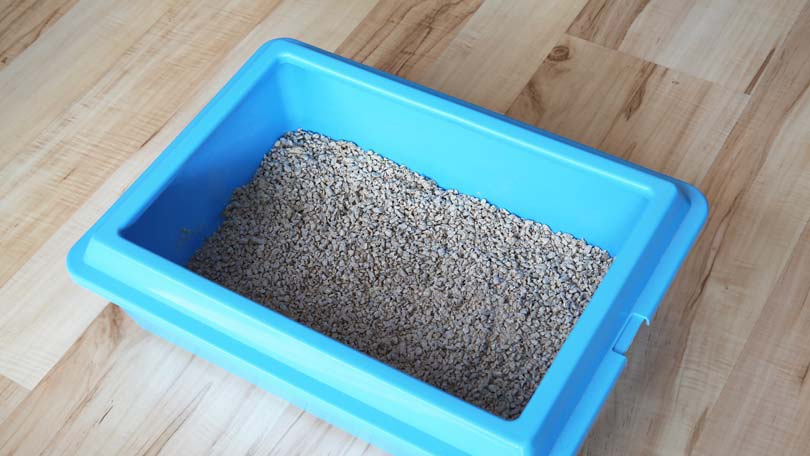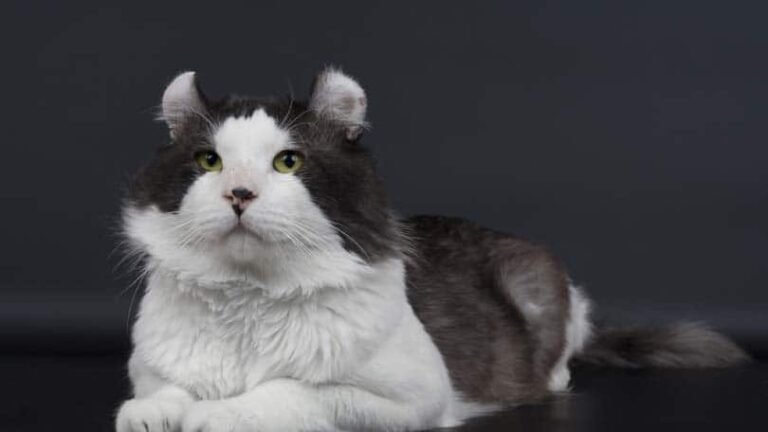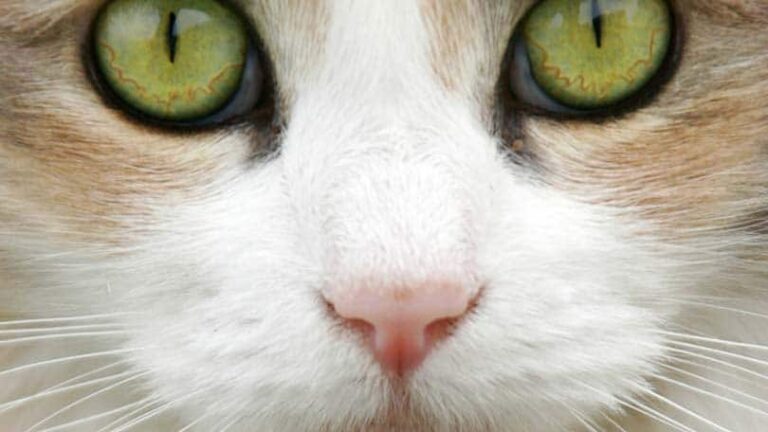Sly Ways to Camouflage Your Cats Litter Box
Getting a cat, or moving to a new place with a cat for the first time, always results in the same dilemma…where to hide the litter box?
Dog people and those super-trainers who manage to teach their cats to flush just don’t understand what a problem this can be. A lot of thought has to go into the location of your feline’s rest area…
- It cannot be anywhere near food, of course.
- It must not be on a carpeted area…that’s a vacuuming nightmare.
- It shouldn’t be visible (not easily) to the company.
- It can’t be so well hidden that your cat has to enlist the bloodhound to find it.
- It must not be within reach of toddlers. Toddlers eat poop.
- It should not be in a confined space where odors can linger.
So what’s a cat owner to do, without defeating the whole purpose of the litter box by placing it outside under the hedges?
Here are a few ideal locations for cat litter boxes, and some easy ideas for “camouflaging” the box…without hiding it from the cat as well as the guests.
Locations for the Litter Box
Laundry Room – The place where all the dirty laundry goes is usually a good place for the litter box. It’s an area that’s typically not well-travelled by anyone but family, and it’s often the place in the house where cleaning supplies are kept, so sweeping up strewn litter and grabbing a trash bag for scooping is often convenient.
Back Door Entryway
Some houses have a back hallway or a small room that leads out the back door, that’s usually not so much a room as a place to hang coats, store boots, and stash sports equipment. These are often tiled instead of carpeted, and it’s easy to clean up scattered cat litter because you probably sweep it often for sand or mud. Proximity to the back door also makes changing the litter a breeze, and the ventilation is better in a room that opens to the outdoors often.
The “Other” Bathroom
Houses with more than one bathroom usually has one bath that’s used almost all the time by family and company alike, while the other one seems unofficially “reserved” for emergencies when two people need to “go” at the same time. That second bath is perfect for sharing with the kitty…just make sure you remember to keep it clean. A litter box in an often forgotten area is often forgotten as well.
A Closet
As long as you don’t choose the same closet you keep your clothes in (even cleaning often can’t completely eliminate smell), you can hide a litter box in a hall closet or storage/utility closet. These are little-travelled by company, and will keep the box out of sight, but in easy reach for cleaning.
Camouflaging
Kitty Doors
If your litter box is in a closet or a usually-closed laundry room, consider installing a small doggie-door for your cat. You can then keep the door shut, any smells hidden, and still be assured your cat has easy access to the potty. Make sure that you teach the cat to use the swinging-flap door, though, or your kitty will find a new spot to “go.”
Modified Cabinet
Keeping the litter box in a laundry room or bathroom can offer you another great camouflaging opportunity…the built-in cabinets. You can cut a small (cat-sized) opening on an unseen side near the bottom. Your cat can come and go at will, and you have a door to easily access it for cleaning. It remains completely out of sight and off the floor…a bonus that means scattered litter also remains contained to a small area.
A “Hiding” Table
A small standard end table (with legs on the corners or sides, not in the middle) can make a good cover for a litter box when paired with a tablecloth. Pick (or make) a tablecloth that reaches all the way to the floor, and then store the litter box underneath. You can then use the tabletop for decorative purposes if it’s in a common area. If it’s in a utility room, place extra litter, the scoop, and plastic bags on top in a basket.
Repurposed Trunk
You can probably find an old blanket trunk or chest at a thrift store for very little, and cut a cat-sized opening in the back. They’re a great size for holding a litter box and its supplies, and you can just open the lid for cleaning. You can either leave it “vintage” or paint it to match the room. It’s a stylish hiding place that no one will ever notice…until they wonder why the cat keeps disappearing behind it.
Fence it
You can get two or three small fence panels…the kind that are made of small planks of wood…and hide the litter box in a corner “behind the fence.” Your cat can either jump over or you can leave a small space between the panel and the wall. Although it doesn’t completely “hide” the litter box, it is a lot more discreet that just having the eyesore staring out from the corner of the room.
A Screen
You can also place a decorative accordion-style room screen in front of the corner where the litter box sits. There are all kinds, and you’re sure to be able to find one that matches your decor. Again, it’s not a hidden place, but it’s less obvious than an in-the-open kitty-potty!

Having discovered a fondness for insects while pursuing her degree in Biology, Randi Jones was quite bugged to know that people usually dismissed these little creatures as “creepy-crawlies”.







